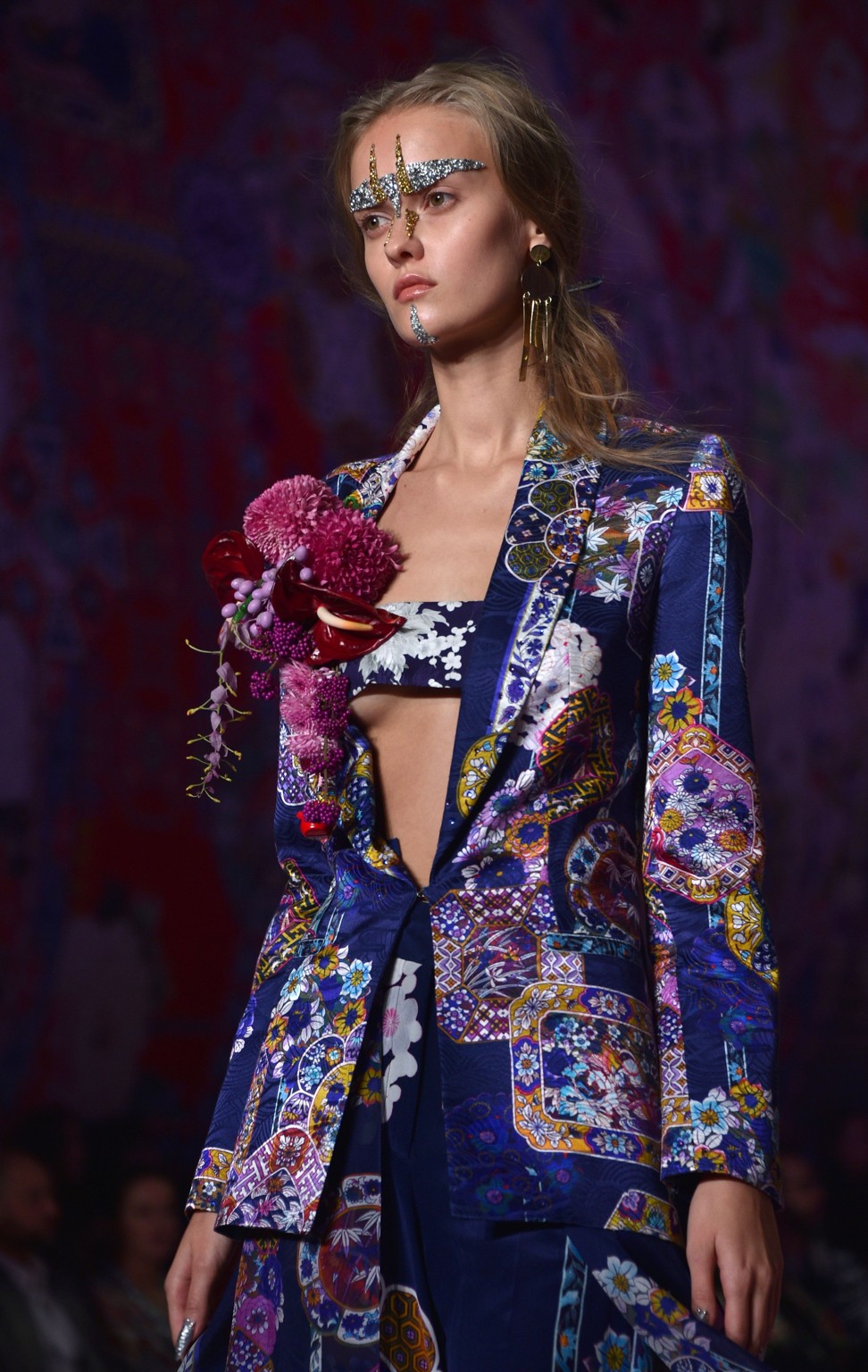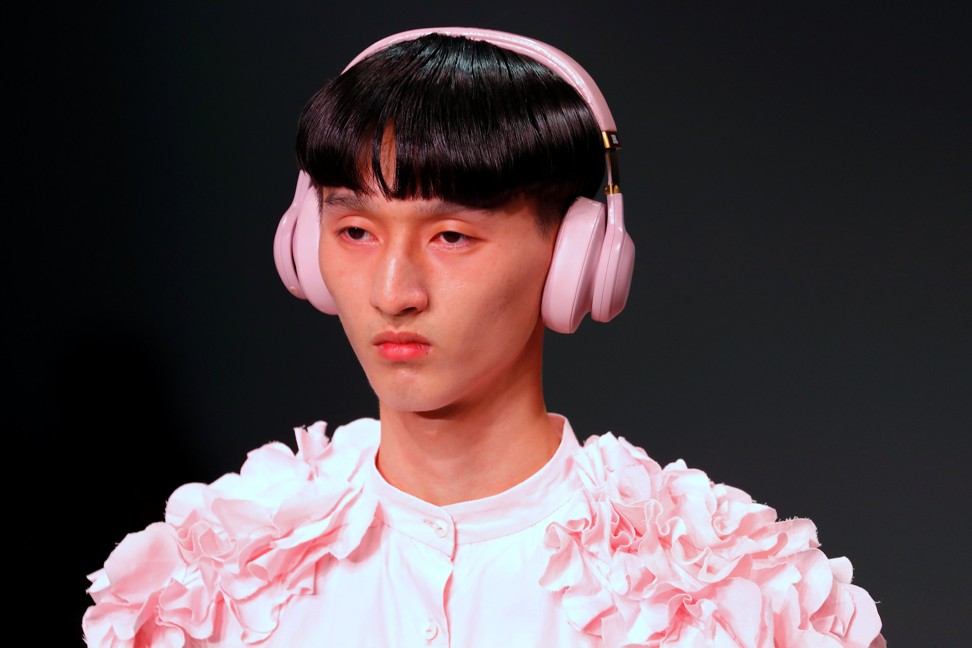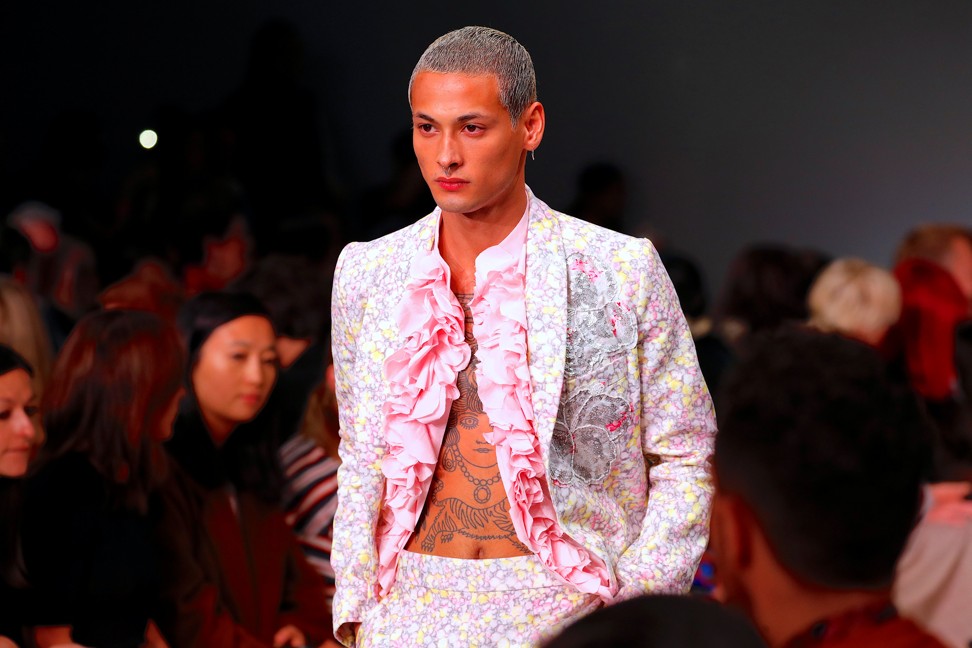How lack of diversity on catwalk is failing Australian fashion

Danielle Ragenard, the director of IMG Models Australia, has witnessed many things during her more than 20 years in the fashion industry, but a client’s recent comment shocked her.
The client briefed Ragenard’s agency about a new fashion campaign, saying this time, they wanted to feature more diverse talent.
Ragenard will not name the client but she says everyone at the agency was excited about it.
“We were like, finally, we have maybe turned a corner,” she says.
“If this brand goes there, then maybe others will follow and we will see different ideas of beauty.”
The team put together a package of potential talent: models of different ages, races and body sizes. Then the phone rang.
“The email must have barely opened in their inbox before they were on the phone and just ‘Oh no. No. We just meant not blonde’,” Ragenard says. “Like a brunette.”
“We were like: ‘That is not diverse, that is a trip to the hairdresser’.”
There has been a major push for more diversity in the fashion industry recently.
Internationally that message appears to be getting through, with this year’s US runway diversity report finding that New York’s autumn 2018 runways were the most race and transgender inclusive yet – although there was some way to go in terms of age and size inclusivity.
[What we want is] just more diversity in any shows or any shoots … have make-up artists who know how to do make-up [on non-Caucasian models] as well
Vogue Australia made a stand with its April cover featuring former South Sudanese refugee, now Australia-based model Akiima, indigenous model Charlee Fraser, trans model Andreja Pejicćand Australian-born Chinese model Fernanda Ly.
And last month the industry was proclaiming that this year’s Fashion Week Australia, in Sydney, which ended on May 18, would be “ a model of multiculturalism”.
Unfortunately that is not quite true.
Akiima is from South Sudan but her family lives in Adelaide. Although she is relatively new to the industry, she has walked for Prada, Hermès and Valentino and a appearing on the cover of Vogue Australia.
Do people even want to talk about it, do people really understand diversity?
There were undoubtedly some fresh faces – as seen in these pictures – but not much has changed.
Yes, Akiima was the toast of most shows; Emma Balfour, Australia’s longest serving supermodel, was there at Camilla; and there were eclectic looking punks at the Akira, Client Liaison, Ten Pieces, Double Rainbouu and Roopa shows, but mostly the catwalks were filled with young, slim Caucasian women.
Fashion Week Australia has never been good at diversity: the headline models are usually of a type – think Elle Macpherson, Sarah O’Hare, Kristy Hinze, Megan Gale, Miranda Kerr and Abbey Lee Kershaw.
Glancing back through the fashion week galleries, the sheer whiteness of it all is apparent, with only the occasional nod to “exotic” diversity.
The models know it. Last week, Akiima told ABC’s Hack television programme that Australia lagged behind the rest of the world.
“Just more diversity in any shows or any shoots … have make-up artists who know how to do make-up [on non-Caucasian models] as well,” she said.
“Because it does make it hard if no one knows how to do your make-up.”
The New Zealand transgender model Manahou Mackay is relatively new to the industry but she can see it, too.
While some shows are more diverse than others, she says the casting can seem tokenistic.
“When it comes to diversity, people can … just do it for the sake of being able to say it’s a diverse show, rather than picking girls that represent their brand,” she says. “It kind of becomes blurry, I think, there.”
Ragenard says things are changing in Australia but it is slow. And while she was encouraged by Fashion Week Australia, it has a very small audience.
The diversity message has to move beyond the event, she says.
“I think what that then needs to translate to is obviously advertising and editorial, which is a lot more visible on stand or on the street for a lot longer.”
One of IMG’s emerging talents is Fraser, who walked in 40 shows during her first fashion week, including Prada, Balenciaga, Chanel, Dior, Lanvin, Givenchy and Celine.
However, Ragenard says the public still does not know who Fraser is. And when she gets a call like the ‘just not a blonde’ call, she is aghast.
“[It] begs the question, do people even want to talk about it, do people really understand diversity?” she says
Indeed, the problem is much bigger than fashion week. A flick through the current womenswear campaigns online is disheartening: at the time of press the clothes featured by Target, General Pants, Jacquie E, Cue, Country Road, Review, Witchery, Sass & Bide, Sportscraft, Veronika Maine, Sportsgirl and Zimmermann are mostly photographed on slim, white, blonde women, with the occasional brunette.
Bonds, Peter Alexander and Cotton On are slightly better, and retailer Big W is the most diverse.
Ragenard says a trip through any of the capital cities shopping strips will demonstrate the vast gap between the models and the general demographic.
“It’s very homogenised and you look at the people walking towards you on Pitt Street mall [in Sydney] and it’s certainly not what’s reflected back at you.”
Jesse Nishijima has been modelling for about a month, and this was her first year at Fashion Week Australia.
Clearly the retailers are missing a trick, she says
“[When] there is an Asian model depicted or a model who is older than 30 [in the advertising] and that’s who you are, don’t tell me you are not more likely to go into that store to see what their offering is,” Nishijima says.
It is difficult to attribute blame: the fashion houses complain that the agencies do not offer options, the agencies say the clients do not book them – and the models know that if they are not going to get jobs, they will not get signed.
Model Elfy Scott has been in some high-profile advertising campaigns including Sportsgirl, Google Android and Virgin Mobile Australia, but she is very pessimistic about the industry.
“In my experience I would say that commercial Australian fashion, as opposed to high-end Australian fashion, is still very deeply concerned with the protection of Australia,” she says.
There are definitely brands that I have seen that have included models of colour on their posters, but they are trying to appeal to a white audience, and I think that’s where the problems stem from for a lot of those brands
“I think it’s changing slowly, there are definitely brands that I have seen that have included models of colour on their posters, but they are trying to appeal to a white audience, and I think that’s where the problems stem from for a lot of those brands.”
While she would like to believe brands are aware of the diversity of their potential market, she is pessimistic.
“I would say that brands just want to appear as though they are riding the tide of political correctness and maybe as soon as nobody is looking, they will just go back to the old way,” Scott says
Scott also points out the lack of diverse body sizes on the catwalk.
There was much hoopla around the curvy models featured in this year’s swimwear show during fashion week, but they did not appear in many other shows.
The casting is often tokenistic, Scott says, with a larger model proving the exception rather than the rule.
“Sure, we can have one size 14 model walking down the runway, but where are the size 8 models?” she says.
Brands just want to appear as though they are riding the tide of political correctness and maybe as soon as nobody is looking, they will just go back to the old way
“Where are the size 16 or 10? If they existed, the fashion industry could claim some sense of diversity but they are basing it on these exceptions to the rule and I think they brings the issue more into light than they do anything else.”
So, while there is murmured agreement that things are moving in the right direction, much more change has to happen.
Mackay says she would like it to get the point where diversity no longer needs to be discussed.
“I would like to see it at a point where it’s not even acknowledged as a thought process – it just happens organically,” she says.
Want more stories like this? Sign up here. Follow STYLE on Facebook, Instagram and Twitter

A look at models at this month’s Fashion Week Australia shows there was ‘tokenistic’ casting – but mostly they were young, slim Caucasian women


